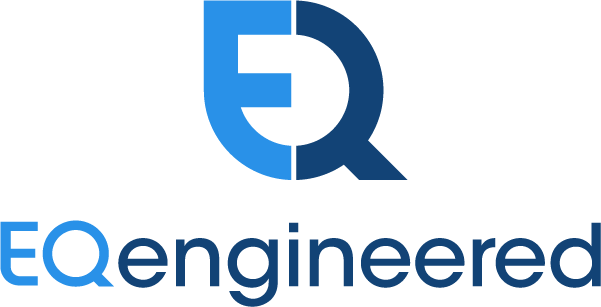The Next Frontier in Enterprise AI: Personalization, Governance, and the Human Touch by Mark Hewitt
In the journey of digital transformation, many enterprises have already laid the groundwork. We've talked a lot about modernizing with AI, embracing APIs and containerization, and building the right cloud-centric frameworks. We've also set the stage for a new kind of workforce, one that includes not just human workers, but also AI agents, coordinators, and overseer systems all working in harmony.
But with that foundation in place, what comes next? Over the next three to five years, the real frontier is going to be all about personalization, governance, and keeping the human element front and center.
Personalization: Tailoring the AI Experience
As enterprises grow more comfortable with agentic AI, one of the most compelling next steps will be hyper-personalization. Imagine AI systems that don’t just automate tasks, but actually adapt in real time to individual user needs, preferences, and behaviors. This means more intuitive interfaces, more context-aware services, and a more personalized journey for both customers and employees.
To deliver on this promise, organizations will need to build flexible data architectures and establish feedback loops between users and AI systems. That requires rethinking how data is collected, labeled, and used, moving from static customer profiles to dynamic, behaviorally informed interactions. The winners will be those who can continuously refine AI behavior based on live inputs without sacrificing speed, security, or trust.
Governance: Building Responsible AI Frameworks
Alongside this personalization comes a pressing need for robust AI governance. As regulations evolve, enterprises will need to ensure their AI systems are not just effective, but also ethical, transparent, and aligned with societal values. Governance will be the backbone that ensures AI is trustworthy and that humans remain in the loop, or at least on the loop, so that we maintain oversight and control.
This will include investing in AI observability platforms, bias auditing tools, and real-time monitoring systems that surface when and how decisions are being made. Boards and C-suites must also treat AI governance as a strategic imperative, not a compliance check-box. Organizations will need to establish cross-functional review bodies and put escalation paths in place when AI behavior diverges from intended outcomes.
The Human Element: Evolving Skills and Competencies
Finally, as we personalize and govern our AI systems, there is a crucial human component: bringing people along for the journey. Enterprises will need to invest in evolving their internal competencies, training programs, and change management. It’s not just about having cutting-edge AI. It is about making sure your people are ready to work with AI, shape it, and thrive alongside it.
Leadership must actively foster a culture of continuous learning, experimentation, and collaboration. Teams need to be cross-trained not only in AI tools, but also in new ways of thinking, problem-solving, and decision-making. The future enterprise is not just AI-augmented; it’s reimagined with human adaptability at the core.
Quick Take Aways
As we look beyond the immediate horizon of AI modernization, the next few years will be about deep personalization, robust governance, and empowering the human side of the enterprise. It’s an exciting time, and those who can balance these elements will be the ones leading the charge into the future.
By focusing now on alignment between systems, stakeholders, and strategic outcomes, enterprises can build not just smarter operations, but more responsive, resilient, and human-centered ones as well.

